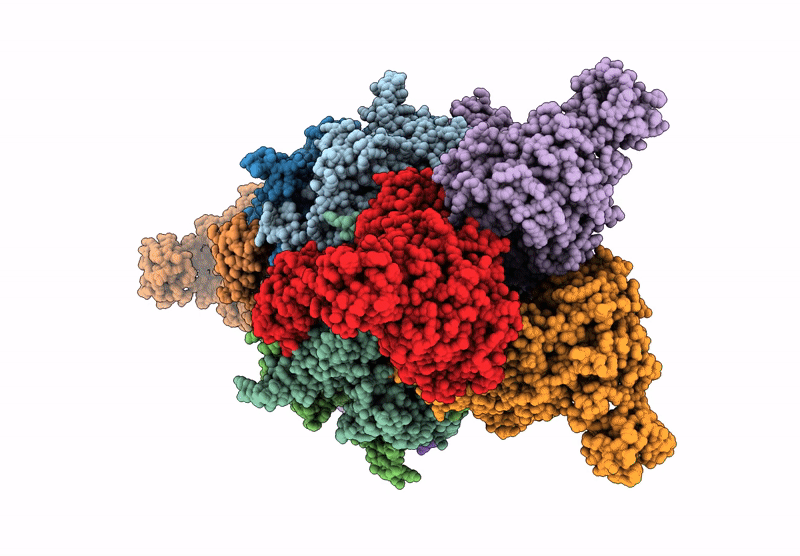
Deposition Date
2022-11-09
Release Date
2023-01-11
Last Version Date
2024-06-19
Entry Detail
PDB ID:
8F3D
Keywords:
Title:
3-methylcrotonyl-CoA carboxylase in filament, beta-subunit centered
Biological Source:
Source Organism:
Leishmania tarentolae (Taxon ID: 5689)
Method Details:
Experimental Method:
Resolution:
3.40 Å
Aggregation State:
FILAMENT
Reconstruction Method:
SINGLE PARTICLE


